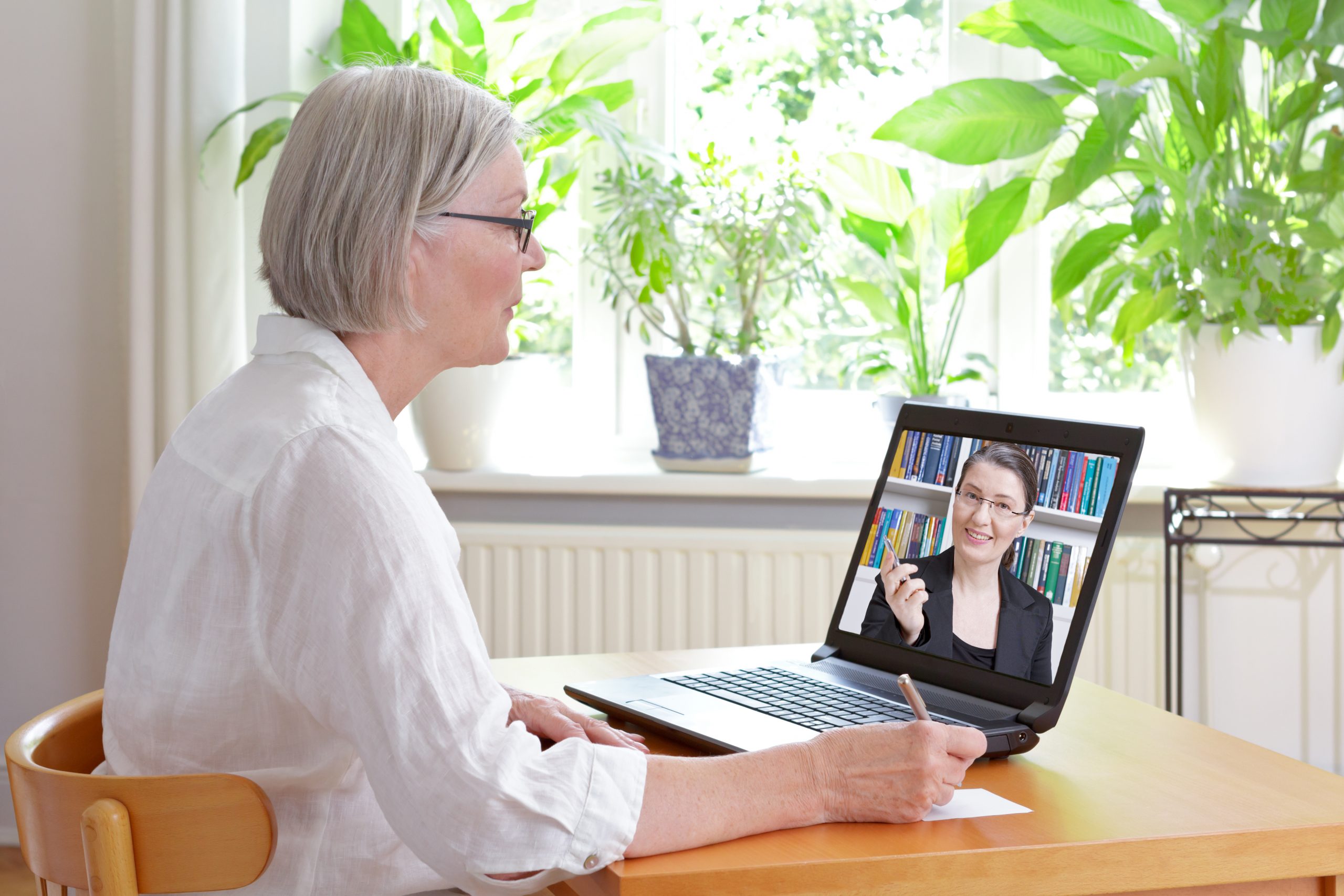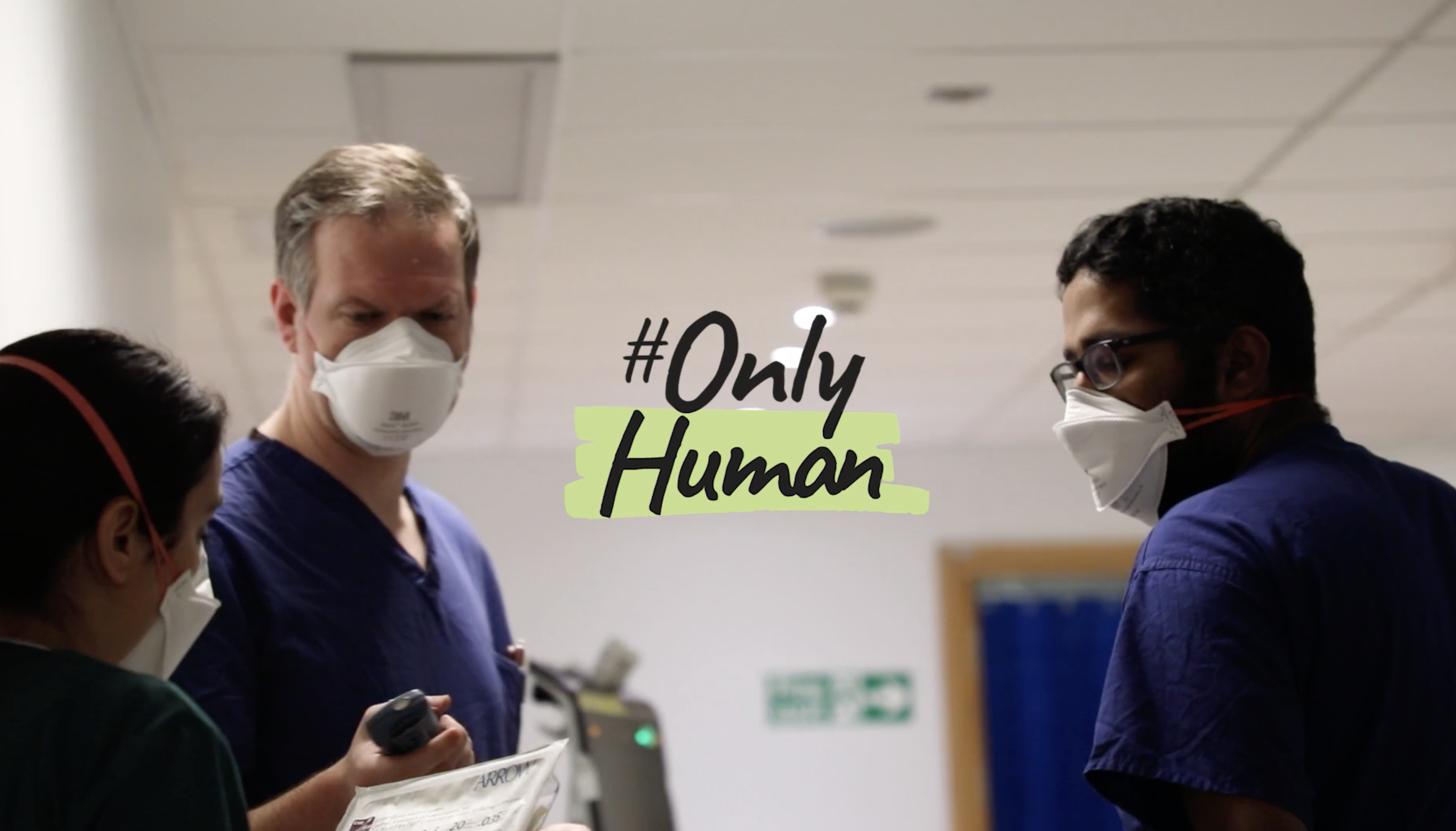HIN Chief Executive Rishi Das-Gupta writes about the potential of technology to reduce pressure on the NHS workforce.
The current industrial action by doctors and nurses is a symptom of a much deeper underlying problem which goes beyond pay, and the workforce crisis isn’t just that we don’t have enough staff. Our jobs have become much less human and ironically the way out may be through using technology better (and making it more fun) – giving us back time to care and improving our experience at work.
Workforce challenges
There are several complex factors that I think have led to a reduction in satisfaction, but among them are changes in working patterns and teams, increased workload and the need to use non-intuitive technology.
Firstly, we have been successful over 20 years in reducing the number of hours worked by clinical staff but often this has meant moving to a much more fragmented way of working with less continuity of care for patients and less satisfaction for medical staff. In addition, clinical staff now work with an ever-changing team and it’s harder to form the deep-peer support relationships.
Secondly, the workload has been increasing and we’ve had a 40 per cent productivity increase over the last 20 years in some areas.
Finally, poor interfaces for medical technology mean that new products and devices require training to use. This means that, rather than making clinicians’ lives easier from the outset, their adoption can be a struggle. Having spent some time looking at technology to support clinicians I believe that the next generation of technology can support our workforce in all three of these factors.
The four most promising uses of technology in my opinion are:
- Intelligent automation of note-taking and transcription tasks to make time to think;
- Scheduling staff and working patterns to make time for our lives;
- Remote working and communications technology to help at times of overload; and,
- Training and wellbeing support to prepare us to make the most of our time.
I will now briefly highlight the potential of each area with an example and I’ll expand each area in future blogs (depending where you’re interested)!
1. Intelligent automation
Firstly, the way we interact with computers to do day-to-day tasks is changing rapidly and some of the technology suppliers are using data from systems to improve the usability and staff satisfaction with their products – but this will take a product cycle (several years) to come to market. However, many of the processes we have are repetitive and require high levels of attention to do well. This is where we should be applying supervised intelligent automation (IA).
An example of this is automated note-taking in outpatients. I recently saw a prototype from Nuance for listening to a consultation in the background, transcribing this and using the transcript to populate a clinical note in an outpatient setting. This means talking as if there is an AI assistant in the room supporting us to write a clinic note. Voice interfaces and large language models (LLMs) are developing fast and have got a lot of press recently, but I think that the first application to clinical practice might be in note taking.
If we do this early, we’re likely to end up with products that suit our practices in the UK, and I can see advantages in partnering across the NHS with a tech provider to develop something to suit our needs. My hope is that if I’m a patient sitting opposite a doctor using this type of technology, they’ll look me in the eye and have time to think and to focus on me during a consultation.
2. Working patterns
Secondly, having moved to shift patterns and rolling-rotas, our ability to plan our lives has reduced. If I’m invited to wedding in December, I don’t know if I can attend. I recently saw a new product from Lantum designed to use artificial intelligence to fit rotas based on local rules to generate compliant rotas and enable swaps between people on the rota. Technologies like this offer the promise of more control over the trade-offs we make in our work-live balance.
3. Remote working
Thirdly, remote working and communications technology offers the ability to support us in real time but also the risk that we’ll always be working/available. We’ve all got used to zoom and phone calls for support but there is more we can do to have integrated communications that route calls to the right person to support us and to others if they are busy. The opportunity I see here is to support each other when the workload is really high or we need help to know what to do. This technology has been around for a while, but I’ve previously thought it suitable for deployment only by large organisations. At the Health plus Care show in April there were several companies with products addressing this including in assisted living facilities and care homes where I saw a demo of the Ascom solution which integrated an easy patient interface (using Amazon Alexa devices) with a clinician platform that meant that all calls can be prioritised. This need is reflected in the fact that a requirement for improved communications platforms has also been included in the new contract for GPs for this year.
4. Training and wellbeing
Fourthly, during the pandemic we saw a lot of training move online and we’ve been learning from this experience and adding well-being support to our staff development and support offers. Online and hybrid training can be delivered on-demand or at specified times in groups or alone. However, in addition to traditional training we’re also seeing other staff offers being delivered using non-face to face platforms such as mental fitness by Fika or meditation through apps like Headspace which were made available to NHS staff over the pandemic period.
This list isn’t exhaustive but I think outlines why I have hope that we could improve staff experience using technology that exists now… and the even bigger potential win would be embedding all this in a universal NHS staff app I could carry in my pocket that would integrate these features and my staff passport documents!
Staff experience impacts patient safety and evidence shows that Trusts delivering the best care have tended to also record high performing staff survey results. With tools like this I think that staff satisfaction can be impacted in months – and we need to measure it during that timeframe. NHSE has launched a shortened quarterly (NQPS) and monthly versions of the staff survey it used to publish annually (we are trialling the monthly people pulse survey at HIN) and I think it’s time we reframe the conversation about our work to bring staff experience and staff satisfaction to the forefront, alongside patient outcomes, and that we use metrics like productivity/throughput as measurable by-products of happier staff.
Although it’s easy to highlight shortfalls in the current approach I think we are at a point where we can see concrete ways to improve staff experience and to demonstrate the impact of this (and spread learnings fast) to improve the lives of hundreds of thousands of people working in health and care over the next year.
Can we help you tackle a workforce challenge?
The Health Innovation Network works closely with health and care teams in south London and across the country to develop skills and capabilities through a variety of programmes.
Get in touch

